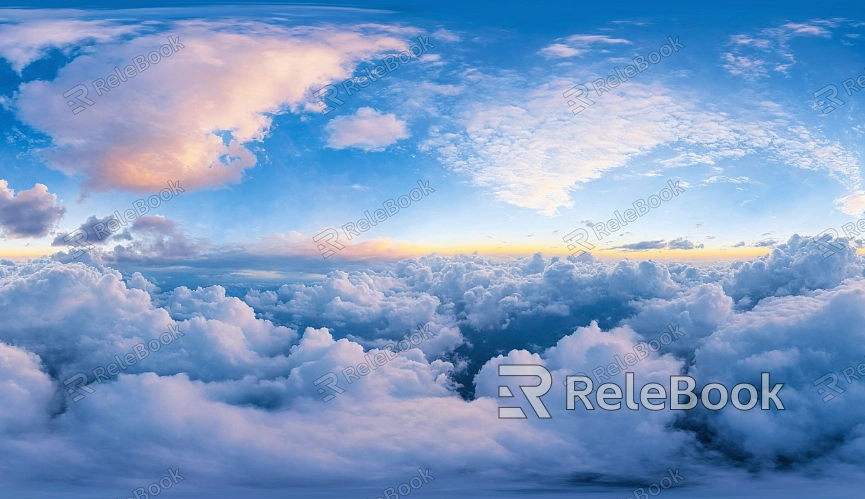What are the best practices for applying HDR sky textures in Unity
In game development and virtual reality, Unity stands out as a powerful engine widely used for 3D modeling and rendering. To ensure the lighting and reflection effects in your scenes are as natural as possible, correctly applying HDR sky textures in Unity is crucial. This article explores the best practices for integrating HDR sky textures in Unity and offers practical tips for designers.

1. Applications of HDR Sky Textures
Environmental Lighting: HDR sky textures provide precise environmental lighting, simulating the variations in light and shadow found in the real world. This is essential for creating realistic game environments and enhancing virtual reality experiences.
Reflections and Refractions: When dealing with objects that have reflective or refractive properties, HDR sky textures deliver more accurate environmental information. This helps make reflections and refractions look more natural and convincing.
2. Steps to Set Up HDR Sky Textures in Unity
Import HDR Textures: Start by importing your HDR sky texture file into your Unity project. Right-click in the project window, select Import New Asset, and choose your HDR file to import.
Create a Skybox Material: In Unity’s Assets menu, create a new material and set its type to Skybox. Navigate to Create > Material, then in the Shader options, select either Skybox/Procedural or Skybox/Cubemap, depending on the type of HDR texture you are using.
Apply HDR Texture: Assign the imported HDR sky texture to the relevant property of the skybox material. For Skybox/Cubemap, drag the HDR texture to the Cubemap property. For Skybox/Procedural, adjust the parameters to match your HDR texture.

3. Adjusting HDR Sky Texture Settings
Exposure Adjustment: In the material settings, adjust the Exposure or Intensity parameters to control the brightness of the HDR texture. This helps ensure that the lighting effects in the scene meet your design requirements.
Color Correction: Depending on your scene’s needs, perform color correction to make sure the HDR texture’s colors match the overall lighting effects in the environment. Adjust the material’s Color property or use post-processing effects to fine-tune color representation.
Tiling and Scaling: Modify the Tiling and Offset parameters of the skybox material to control how the HDR texture is tiled and scaled across the sky. This helps avoid unnatural seams or repetitive patterns in the rendered scene.
4. Rendering and Optimization
Preview Testing: Once you have set up the HDR sky texture, conduct a preview render to check its effect on the scene. Ensure that the lighting, reflections, and refractions appear as expected, and make adjustments as needed.
Performance Optimization: Based on your preview results, optimize the texture settings and rendering parameters. Adjust Lighting and Rendering settings to balance rendering quality and performance, ensuring smooth gameplay or virtual reality experiences.
Save and Apply Settings: After completing all adjustments, save your Unity project file and rendering settings to ensure all changes are preserved. Creating and applying a preset can streamline future project setups.
Applying HDR sky textures in Unity can significantly enhance the realism and visual appeal of your scenes. By properly importing and configuring HDR textures, adjusting exposure and color settings, and optimizing rendering parameters, designers can achieve more lifelike and compelling scene representations. Mastering these best practices will help you deliver high-quality visual results in your projects. If you're in need of high-quality HDR image resources, 3D textures, or other modeling tools, Relebook offers a wealth of options to assist you in achieving outstanding visual effects. Visit Relebook to discover more valuable resources and streamline your design process.

